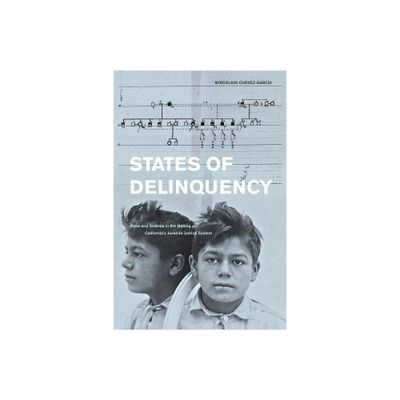Home
The Social Background of Delinquency
Loading Inventory...
Barnes and Noble
The Social Background of Delinquency
Current price: $140.00


Barnes and Noble
The Social Background of Delinquency
Current price: $140.00
Loading Inventory...
Size: Hardcover
*Product Information may vary - to confirm product availability, pricing, and additional information please contact Barnes and Noble
Written in 1954 and published here for the first time,
The Social Background of Delinquency
deals with the social climate in which juvenile delinquency crops up time after time. It examines ‘bad’ behaviour among people who could otherwise be classed as ‘normal’ members of ordinary English society. It attempts to explore certain aspects of the sub-cultures within respectable society which appear to breed behaviour officially classed as ‘delinquent’. The research is based on a working-class town in the Midlands with a high proportion of miners and observes a pair of similar streets in five areas of the town. Each pair of streets containing one delinquency-free and one with a history of trouble. Not content with a mere survey, the research design is multifaceted and includes ethnographic observations, key informant interviews, personal history analyses and 'the playroom method' explicitly designed to ascertain children's views. The findings are reported here and represent a snapshot of life in the 1950s.
The Social Background of Delinquency
deals with the social climate in which juvenile delinquency crops up time after time. It examines ‘bad’ behaviour among people who could otherwise be classed as ‘normal’ members of ordinary English society. It attempts to explore certain aspects of the sub-cultures within respectable society which appear to breed behaviour officially classed as ‘delinquent’. The research is based on a working-class town in the Midlands with a high proportion of miners and observes a pair of similar streets in five areas of the town. Each pair of streets containing one delinquency-free and one with a history of trouble. Not content with a mere survey, the research design is multifaceted and includes ethnographic observations, key informant interviews, personal history analyses and 'the playroom method' explicitly designed to ascertain children's views. The findings are reported here and represent a snapshot of life in the 1950s.


















